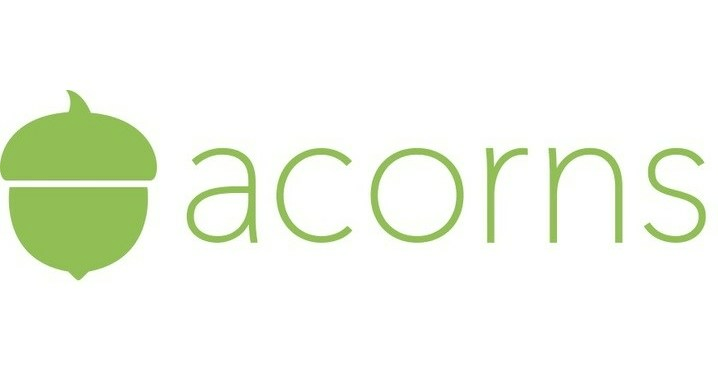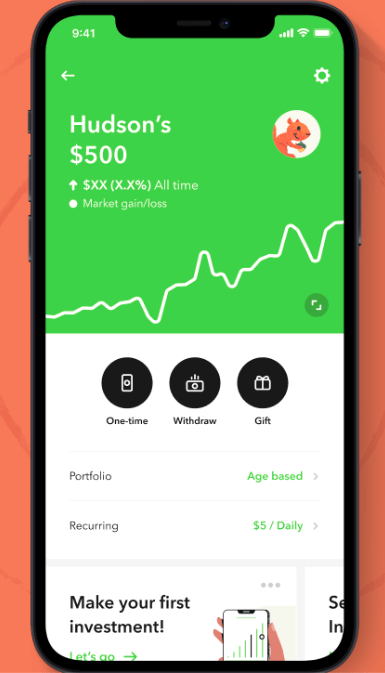Raising a financially savvy kid is no accident — it takes effort, patience, and a willingness to let your teen make some of their own financial decisions. The best way to learn is by doing.
But investing for teens isn’t as simple as handing over the laptop and wishing them luck. For starters, minors under the age of 18 aren’t legally allowed to own their own banking and brokerage accounts.
So you’ll need to get them started by opening a joint or custodial account.
And then there’s the not-so-small question about what types of investments are best for beginners. Stocks? ETFs? Your local bank? The sheer number of options can feel overwhelming.
Luckily, investing for teens isn’t rocket science. Here’s everything you need to know about how to invest under 18:
At-a-Glance: The Best Accounts for Investing for Teens
- Jointly-owned brokerage account: Fidelity Youth Account
- Custodial account: Acorns Early
- Custodial Roth IRA: Fidelity Roth IRA for Kids
Investing for Teens: The Benefits
A big reason to learn how to start investing as a teenager? To take advantage of the magic and money-growing power of compound interest.
Compound interest means that interest is calculated and added to the account at regular intervals, which means that your teen will also be earning interest on the interest. Over time, this leads to an exponential growth curve:
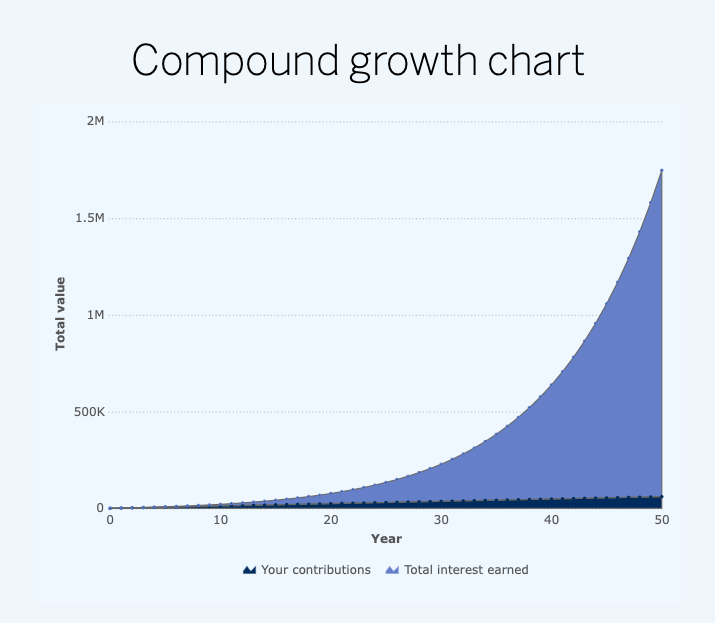
See the curve?
This graph shows what would happen if a 15-year-old invested $100 each month in a brokerage account with a 10% return (roughly the historical average of stock market returns).
If your teen invests $100 a month between now and when they turn 65, their returns will be turbo-charged over time, reaching over $1.7 million by the time they’re ready to retire.
If you look closely, you can see that the interest starts to outstrip the contributions between the 10- and 20-year mark. Given enough time, your money makes more money than you do.
Time is the key ingredient, though. See what happens if your child waits until they’re 35 to make the same investment:
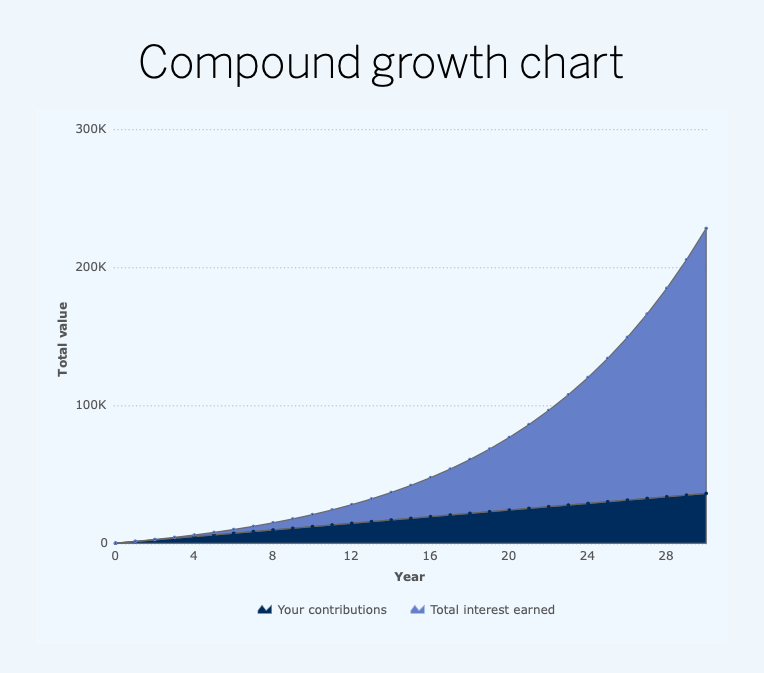
With only 30 years to grow instead of 50, the final value is far less. At only about $228,000, your young investor has missed out on nearly $1.5 million dollars.
Learning how to invest as a teenager definitely has its advantages.
Plus, learning how to invest under 18 also gives your teen a jump-start on important financial life lessons.
With their own skin in the game — whether it’s babysitting money, allowance, or birthday gifts from grandma — they’ll have the incentive to pay attention to their money and develop a deeper understanding of all the financial tools they’ll come across as adults.
Teens who start investing early will also get a real-world education on the value of saving money for the future, and they’ll be encouraged by seeing positive results. There’s nothing quite like watching your nest egg grow to give you the incentive to keep on saving.
Best Investments for Teens
Gone are the days of starting your teen investor on a passbook savings account at the local bank.
With interest rates hovering around one-tenth of one percent, they would only ever earn a penny of interest at a time — hardly the type of returns that will get them hooked on the value of saving and investing.
At that rate, why not just spend it on DoorDash or the new Steam game?
Smart investing for teens should provide real returns while offering easy online access and low barriers to entry. Here’s how to start investing as a teenager:
Stocks
Stocks are ownership stakes in a company. When you buy a stock, you own a small slice of that company, which entitles you to share in their profits.
When the company does well, it may pay dividends to the stockholder. You can also make money from stocks by selling them for a profit when their value rises.
Why it’s a good investment for teens: Choosing a few individual stocks to invest in helps teens better understand important economic concepts.
They’ll learn to follow the economic news as they watch their stock prices rise and fall, and they’ll see first-hand how a company’s failures and successes affect its value.
Individual stocks are a great way to keep investing for teens simple and focused.
How Old Do You Have to Be to Invest in Stocks?
You need to be 18 to invest in stocks on your own. However, with a joint account or one of the other options below, teens can work with an adult to make investment decisions.

Funds (Mutual Funds, ETFs)
Funds are groups of stocks or other investments selected by a fund manager to achieve a specific result.
- Mutual funds take investors’ money and pool it together to purchase shares of individual stocks, and are easy to buy into at any dollar amount you wish.
- Exchange-traded funds (ETFs) also pool investor resources, but are broken into shares and traded like individual stocks. Funds can be either actively managed to try to beat the market or passively managed, which means they aim to match the results of various stock indexes like the S&P 500 or the NASDAQ.
Why it’s a good investment for teens: Investing in a mutual fund or ETF provides greater diversity for your teen’s investment.
If one stock drops in value, others may rise, which may provide more stability and reduce risk. Investing in mutual funds and ETFs early in life will also prepare your teen to manage their future 401(k), as these are by far the most common assets included in employer-sponsored plans.
High-Yield Savings Account
A high-yield savings account is like a savings account on rocket fuel. These accounts generally offer interest rates that are 10 or 20 times higher than the rates offered by brick-and-mortar banks.
While the interest rates tend to be lower than the possible returns on stocks and investment funds, they provide guaranteed returns, and you won’t lose your principal. Bank accounts are also FDIC-insured, meaning that up to $250,000, your investment is protected in the event of a bank failure.
Why it’s a good investment for teens: High-yield savings accounts are ideal for saving money for a specific purpose, such as college or a car, since there’s no risk to the initial investment. It’s also highly liquid, meaning it’s easy to access the money when needed.
High-yield savings accounts are a great way to introduce your teen to the concept of an emergency fund, since they’re a safe investment that’s easy to access in a pinch.
They can also be used to explore the concept of diversification and risk when used in tandem with stock and mutual fund investments.
Investing Accounts for Teens
As noted above, if your teen is under 18, they will need to have adult supervision to invest. And this makes sense — teaching your child how to invest as a teenager means talking them through their investment options and monitoring their investments to avoid any costly errors.
Here are some account options that will allow your teen to invest their money while providing you with all the necessary oversight while they’re still a minor.
Account Type 1: Jointly-Owned Brokerage Account
A jointly-owned brokerage account is an investment account owned by two or more people.
All of the assets in the brokerage account are owned equally by the people named on the account. You can open a joint brokerage account and name your teen as a co-owner to allow them access to stock investments, then remove yourself as an owner when they reach legal adulthood.
Jointly-Owned Brokerage Account Example: Fidelity Youth Account
The Fidelity Youth Account is an example of a jointly-owned brokerage account for teens. This account puts teens in the driver’s seat by allowing them to invest in stocks and mutual funds for as little as a dollar to start.
It features access to a special financial curriculum for teens to provide in-depth education on investing.
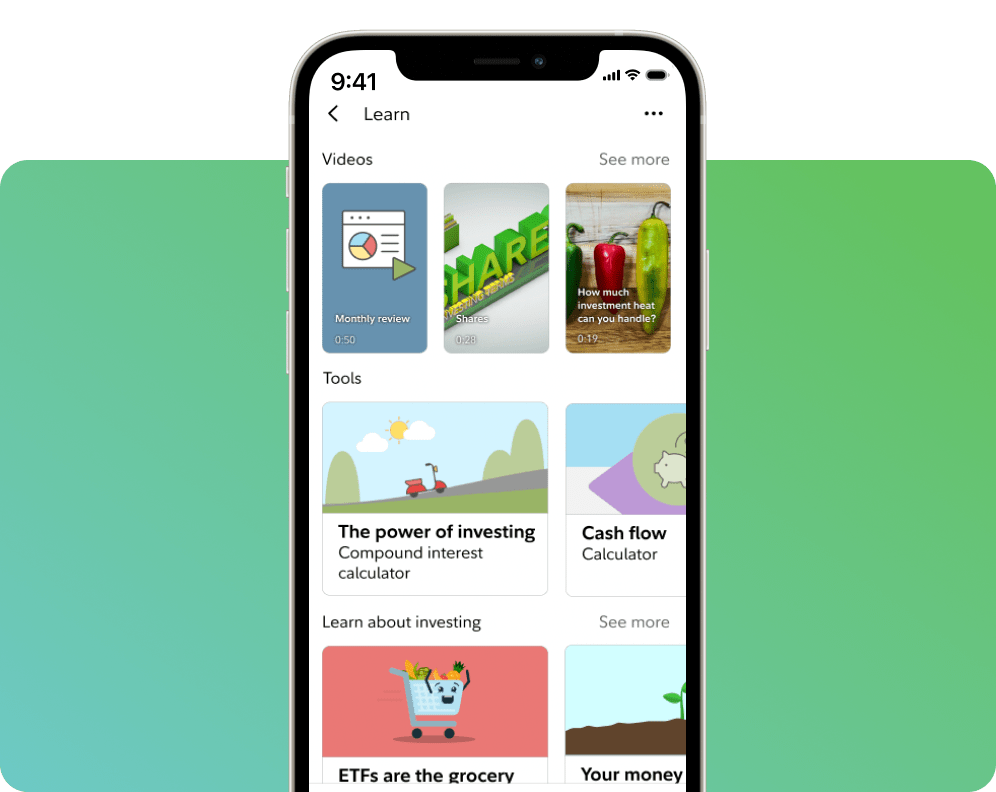
As they add money and make investment decisions, you’ll be able to monitor their progress through your own app.
The account also comes with a debit card and has no monthly maintenance fees. When your teen turns 18, the account is automatically upgraded to an individual brokerage account that they will manage on their own.
Account Type 2: Custodial Account
A custodial account is an account that is controlled by an adult on behalf of a minor. While the minor is underage, the adult makes all the decisions regarding the money in the account.
The minor is the named beneficiary of the account until they turn 18 or 21, depending on the rules in your state.
At that point, the account is automatically transferred to the child’s name and they own it completely. A custodial account can be a standard savings account or a brokerage account for investing.
Custodial Account Example: Acorns Early
Acorns Early is an example of a custodial account for kids and teens. It also comes with one of the best apps to understand and manage your investments.
Acorns makes it easy to contribute, whether you choose an automatic plan with paycheck contributions, make individual transfers, or get gifts from family via the app.
The money in the account can be used for anything that benefits the child, or you can simply let it grow until your teen is an adult.
To teach your teen about investing you can provide access to the app to select investments and allocations, and the account comes with access to Acorns’ family learning center for clear lessons in financial literacy.
Once your teen reaches the age of majority, they get full access to the account in their own name.
Account Type 3: Custodial Roth IRA
A custodial Roth IRA is a qualified retirement account that you can open on your teen’s behalf as long as they have earned income to contribute.
This income can be from a W-2 job or from side gigs like babysitting or dog walking, as long as you keep a record of the income.
All investments in the Roth IRA grow tax-free, and — unlike a traditional IRA or 401(k ) — your teen will never have to pay income taxes on the money when they use it in retirement. It’s a great way to get ahead of the game on retirement savings.
It’s important to note that the money in a Roth IRA is meant for retirement. The earnings can only be accessed without penalty at age 59½, or for certain approved uses, such as college tuition or the downpayment on a first home. However, you can always withdraw the principal at any time without penalty.
Custodial Roth IRA Account Example: Fidelity Roth IRA for Kids
The Fidelity Roth IRA for Kids is an example of a custodial account for kids and teens. It’s a retirement account with all the tax benefits of a standard Roth IRA, including tax-free growth on investments and tax-free withdrawals in retirement.
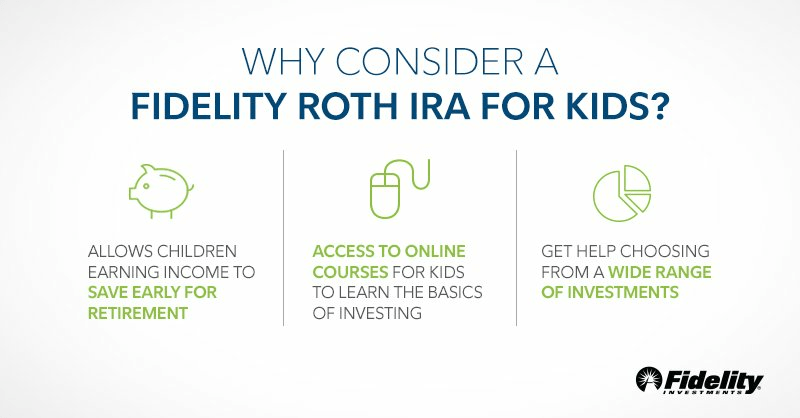
There’s no minimum investment for opening the account, and you can contribute up to 100% of your child’s earnings from work, up to the annual contribution limit.
There are also no annual account fees or commissions on US stock and ETF trades, so your teen can practice buying and selling stocks through the Fidelity app with your oversight.
As the custodian, you’re still in charge of the investments until your child comes of age, but this is a great way to get your teen invested in a retirement plan while there are still decades to take advantage of compound interest.
Other Investing Resources and Apps for Teens
Here are some other great resources to check out to help your teen get started in investing:
- Bloom: The Bloom app is designed specifically to teach teens about investing. The app comes with a robust library of tutorials to explain all the ins and outs of stocks, bonds, ETFs, and more. It also provides teens seamless access to a custodial brokerage account owned and monitored by an adult, so they can begin their investment journey all in one place.
- Greenlight: Greenlight is a financial education program that helps kids and teens track their chores and earnings, then invest their money in a brokerage account. Parents and guardians have the power to approve every trade, but with all the learning modules included, your teen might get better at investing than you are in short order.
Looking for more great investing apps for teens? Check out this article.
Final Word: Investing for Teens
To help your teen get started on their investing journey, your first step is to decide what type of account you want to use.
Consider the various benefits of a custodial or joint account, how much access and oversight you want to allow, and the tax implications and fees associated with various accounts.
From there, you and your teen can explore the wide world of investing options. Whether you start with single stocks, broad-based investment funds, or a high-yield savings account, your teen is sure to get a hands-on education as they begin to take control of the finances.
Remember: the sooner they start, the more they’ll benefit from compound interest. Time is on their side! All you have to do is help them get started.
FAQs:
What is a good investment for a 14 year old?
A 14-year-old can begin investing in the stock market in a jointly-owned brokerage account. In this scenario, an adult opens the account and manages it on the teen’s behalf, making it an excellent learning opportunity.
How to invest $1,000 dollars as a teenager?
A teen can invest $1,000 in a custodial account held by an adult until they come of legal age. To diversify the investment, teens could consider stocks or mutual funds as well as a high-yield savings account.
How can a 17 year old invest?
A 17-year-old can invest in the stock market by opening a joint brokerage account or a custodial IRA with a parent or other trusted adult.
Can a 14 year old invest in stocks?
Yes, but not alone. With the help of a parent or other adult, a 14-year-old can be added to a joint brokerage account, a custodial account, or a custodial IRA.
Where to Invest $1,000 Right Now?
Did you know that stocks rated as "Buy" by the Top Analysts in WallStreetZen's database beat the S&P500 by 98.4% last year?
Our April report reveals the 3 "Strong Buy" stocks that market-beating analysts predict will outperform over the next year.
